Listen to this article:
Are you a parent who aspires to help your kiddos develop a healthy relationship with food? Do you want to help them avoid the same eating struggles you faced growing up? Muy bueno!
You discover intuitive eating and think — sounds intriguing.
One (big) problem. It can be challenging for parents to teach intuitive eating effectively if they aren’t walking the walk themselves.
If you’re new here, I’m Marissa, a weight-inclusive registered dietitian nutritionist (RDN) and mom of two girls. I have personally practiced intuitive eating since 2009 and taught many of my clients how to become intuitive eaters, even before it gained popularity.
I love writing an article like this because it addresses the needs of BOTH the eater (your child) AND the feeder (you!) so that you can explore intuitive eating and decide if it’s the right approach for you and your family.
By the end, you’ll understand the benefits of raising an Intuitive Eater and walk away with practical steps for applying these principles in your own home.
What is intuitive eating (IE)?
To raise an intuitive eater, it helps to understand what it is (and isn’t).
The core philosophy of intuitive eating is to create a healthy relationship with food by listening to and trusting your body’s hunger and fullness signals, as well as enjoying food without guilt or stress.
Following the principles of IE doesn’t just feel good: they are health-boosting, too. Research suggests that intuitive eating is associated with improved psychological well-being, including reduced anxiety and depression, enhanced body satisfaction, and improved quality of life (1).
As a dietitian, what makes me so excited about this approach is how it helps people create a lifelong positive relationship with food, honor their bodies’ needs, and find joy in eating.
What intuitive eating isn’t
Intuitive eating doesn’t tell you to avoid certain foods.
Instead, intuitive eating encourages you to choose foods that feel right for your body, considering both your emotional and physical needs, with the goal of achieving satisfaction.
It’s also not a weight loss method.
While you may notice changes in weight as you become more attuned to your body’s signals, the primary goal of intuitive eating is to foster a positive relationship with food and your body rather than pursuing a particular weight or body shape.
How can I raise an intuitive eater?
Many of my clients who have struggled with chronic dieting or disordered eating in childhood have found significant benefits in adopting intuitive eating for themselves.
For one, they no longer struggle with being inflexible about food and can finally get out of the cycle of feeling guilt and shame around their food choices.
It’s natural for you to want to prevent these challenges from arising in your own kids and to raise intuitive eaters.
But to achieve this, we must start at the beginning, not in the middle.
That’s why I recommend you raise intuitive eaters with a two-step process:
- Learn how to become an intuitive eating parent.
- Understand that the pathway for children doesn’t start with intuitive eating—though that might sound counterintuitive.
Let me explain.
Intuitive eating can help adults and teenagers make peace with food and their bodies, overcome past struggles with eating, and reconnect with their inner body wisdom.
Here’s the thing: this isn’t the starting point for children because they are born knowing all of this.
Babies inherently know when they’re hungry or full; they instinctively regulate their intake without parental intervention.
Yet, as children grow more independent—starting as early as toddlerhood—they develop their own preferences and eating habits, many of which can scare the living daylights out of parents. (Moi, included).
Parents may then become concerned and begin to control their children’s intake about how much or how little they eat in an effort to help “instill healthy eating habits.”
Over time, this interference can erode children’s trust in their bodies, leading them to rely on external cues rather than their instincts.
Grueling, I know. So where can a parent begin?
Enter childhood nutrition expert and family therapist Ellyn Satter and her “Division of Responsibility.”
If there is ever a “best” way to raise an intuitive eater, it starts with establishing clear roles and responsibilities for both you and your children, which you can learn all about in my article: How to Feed Your Child with the Ellyn Satter Division of Responsibility.
Briefly, the division of responsibility starts with the parents: you’re in charge of the what, when, and where of meals and making sure this structure and routine is age-appropriate.
Your child then decides what is going to be eaten from the food that is being offered, which helps them feel a sense of autonomy and the ability to listen to their body’s hunger awareness cues.
By following the division, you are helping your children develop a healthy relationship with food all throughout their upbringing and even avoiding mealtime battles, which is a win for everyone.
Why start with the division of responsibility?
Satter’s division of responsibility is how we go about raising amazing humans who learn how to access their internal cues and develop, as Satter states, “the joy of eating.”
As these kids continue to grow and become more independent, they learn to trust themselves to make decisions that are best for their bodies.
Does this mean kids steer the ship? No. Because that doesn’t teach them how to become an intuitive eater.
They have to learn this from you first.
Learning how to become an intuitive eating parent
It takes years of unlearning diet culture. That’s the truth.
But your child’s best chance of becoming an intuitive eater begins with you.
You are your child’s role model; they watch how you eat not just what you eat.
They also hear how you talk about your body, other people’s bodies, and what you think about different bodies, which impacts how they think about their own body.
If by now you’re feeling like you’re rather far from being an intuitive eater, and think you might have an eating disorder or disordered eating, it is not too late to get help.
On the other hand, if you’re ready to take a few steps forward toward becoming an intuitive eater, the best way that you can start is to relieve yourself of the pressure to “eat perfectly” or think your kids need to do the same.
Intuitive eating can help you break out of this all-or-nothing mindset and get comfortable honoring your hunger, fullness and pleasure cues.
This is different for everyone. But the idea is to not label foods as “good” or “bad” so that you can start to lose negative associations with certain foods.
As an example, you would evolve from thinking that serving your children Goldfish is “bad.”
Instead, you can begin by embracing the idea that all foods can fit as part of a balanced diet, and expose yourself and kids to a wide variety of foods to support a healthy approach to eating.
Top 10 practical scenarios to foster intuitive eating in kids
This is tough stuff—I’ve got your back!
Below are some common scenarios about how to raise an intuitive eater.
1. Scenario: snack time choices
- Action: your child is hungry and asks for a snack. You know you’re in charge of when he eats. You look at the time and decide it’s not near the next meal, so you provide a variety of options, such as fruit, yogurt, and a small treat.
- How this helps: your child learns to listen to their body and choose what feels satisfying, balancing nutritious options with foods they enjoy. Your child also respects the boundaries of when the family eats.
2. Scenario: dinner refusal
- Action: your child says they don’t want to eat dinner. You calmly acknowledge their feelings and remind them that this is dinnertime and they don’t have to eat, but that this is the last meal until morning.
- How this helps: your child learns to respect their hunger cues while respecting the boundaries around when dinner is served, without pressure or guilt.
3. Scenario: celebrating success
- Action: your child accomplishes something significant. While you know celebrating with food isn’t problematic, you suggest a fun activity, like a trip to the park or a movie night.
- How this helps: your child learns that achievements are celebrated with experiences and activities, not always food rewards, fostering a healthy relationship with both food and their success. Note: I’m not saying NEVER celebrate with food. I am suggesting that you alternate food and non-food celebrations so as not to make a habit of associating food with rewards.
4. Scenario: food preferences
- Action: your child expresses dislike for a particular food. You respect their preference and offer alternatives while serving new foods in a no-pressure way.
- How this helps: your child feels heard and respected, which can lead to more willingness to try new foods (including the current disliked food) without pressure.
5. Scenario: portion sizes
- Action: at dinner, you serve family-style and allow your child to choose how much they would like to eat. You remind them they can have more if they’re still hungry.
- How this helps: your child learns to regulate their own portions and listen to their body’s hunger and fullness signals.
6. Scenario: birthday parties
- Action: at a friend’s birthday party, your child is faced with an array of sweets. You allow them to choose what they want without restrictions.
- How this helps: your child learns to enjoy special treats without guilt and understands the importance of balance in various contexts. Note: if your child is hovering around the food and obsessing over it, this might be time to reflect on whether or not you are offering enough of these types of treats in your own home.
7. Scenario: food as comfort
- Action: your child falls and hurts themselves, asking for a cookie to feel better. You offer a hug and soothing conversation first, acknowledging their feelings. Afterward, you provide the cookie, explaining that it’s okay to enjoy a treat, but showing them how to find comfort in other ways.
- How this helps: your child learns that while food can be a source of comfort, they can also rely on emotional support and other coping strategies. This balanced approach helps them understand that food is just one of many ways to feel better. If you need more ideas, check out my article that offers 12 coping strategies in addition to using food as comfort.
8. Scenario: celebrating with food
- Action: during family celebrations, you include a variety of foods, ensuring both nutritious options and treats are available. You don’t emphasize one over the other.
- How this helps: your child understands that all foods can be part of enjoyable occasions and that balance is key to a healthy relationship with food.
9. Scenario: sports and snacks
- Action: before a sports practice, you discuss with your child what foods will give them energy and let them choose a pre-practice snack that includes enough easy-to-digest carbs and protein.
- How this helps: your child learns about how to fuel their body for physical activity, making choices that feel right for them.
10. Scenario: food exploration
- Action: you introduce a new, unfamiliar food at dinner and make it a fun exploration activity, asking your child to describe the taste and texture.
- How this helps: your child feels encouraged to try new foods in an enjoyable, no-pressure way, expanding their palate and curiosity about food.
How to know if this is working?
Are your kiddos…
- Enjoying meals without guilt or shame
- Eating enough at meals and snacks
- Choosing a variety of foods throughout the day and week
- Listening to their body’s hunger and fullness cues
- Savoring food, being mindful of eating habits, and being flexible with occasional indulgences!
- For older kids, understanding nutritional balance without obsession
- Connecting culturally and socially through food
- Setting healthy boundaries that are reasonable and sustainable
Your own relationship with food as a parent/caregiver is also something to consider; how are you doing?
Intuitive eating resources for parents
I highly recommend the following books, websites, and other resources for further reading and guidance on intuitive eating for children.
Please know that some of these resources contain affiliate links; however, I only recommend products I personally use and respect.
1. Books:
- How to Raise an Intuitive Eater by Amee Severson and Sumner Brooks
- Intuitive Eating (4th edition) by Evelyn Tribole and Elyse Resch
- Born to Eat by Wendy Jo Peterson and Leslie Schilling
2. Websites:
- Intuitive Eating Official Website: https://www.intuitiveeating.org
- The Ellyn Satter Institute: https://www.ellynsatterinstitute.org
- The Feeding Doctor by Dr. Katja Rowell: http://www.thefeedingdoctor.com
3. Online communities and blogs:
- Kids Eat in Color by Jennifer Anderson: https://kidseatincolor.com
- Anti-Diet kids by Diana Rice: https://tinyseednutrition.com/anti-diet-kids/
- Your Feeding Team by Jennifer Berry and Heidi Miller: https://www.yourfeedingteam.com
- Feeding Littles by Megan McNamee and Judy Delaware: https://www.feedinglittles.com
Aside from these resources, getting 1:1 help with a registered dietitian nutritionist (RDN), like me, and/or Intuitive Eating Counselor can provide personalized support for your family’s unique needs.
Below, you can reach out to me for a 1:1 nutrition coaching call to get started on your intuitive eating journey.
More help, please!
Raising intuitive eaters is about helping your kids develop a healthy relationship with food from a young age.
When parents approach feeding with patience and understanding, children learn to trust their bodies and listen to their hunger and fullness cues. This makes mealtimes more relaxed and enjoyable for everyone.
By encouraging intuitive eating, you are teaching your children to enjoy a wide range of foods, including those that are nutritious and those that they simply love.
This balanced approach reduces the stress around eating and helps kids grow up with a positive attitude toward food.
In our fad-diet, weight-loss focused world, this is far easier said than done. If you’re ready to start this journey with your family, I’d love to help.
Book a complimentary 1:1 parent nutrition coaching call with me to get personalized support and practical tips tailored to your family’s needs.
I love my clients and get excited for each and every one of them to make mealtimes happier and healthier for everyone.

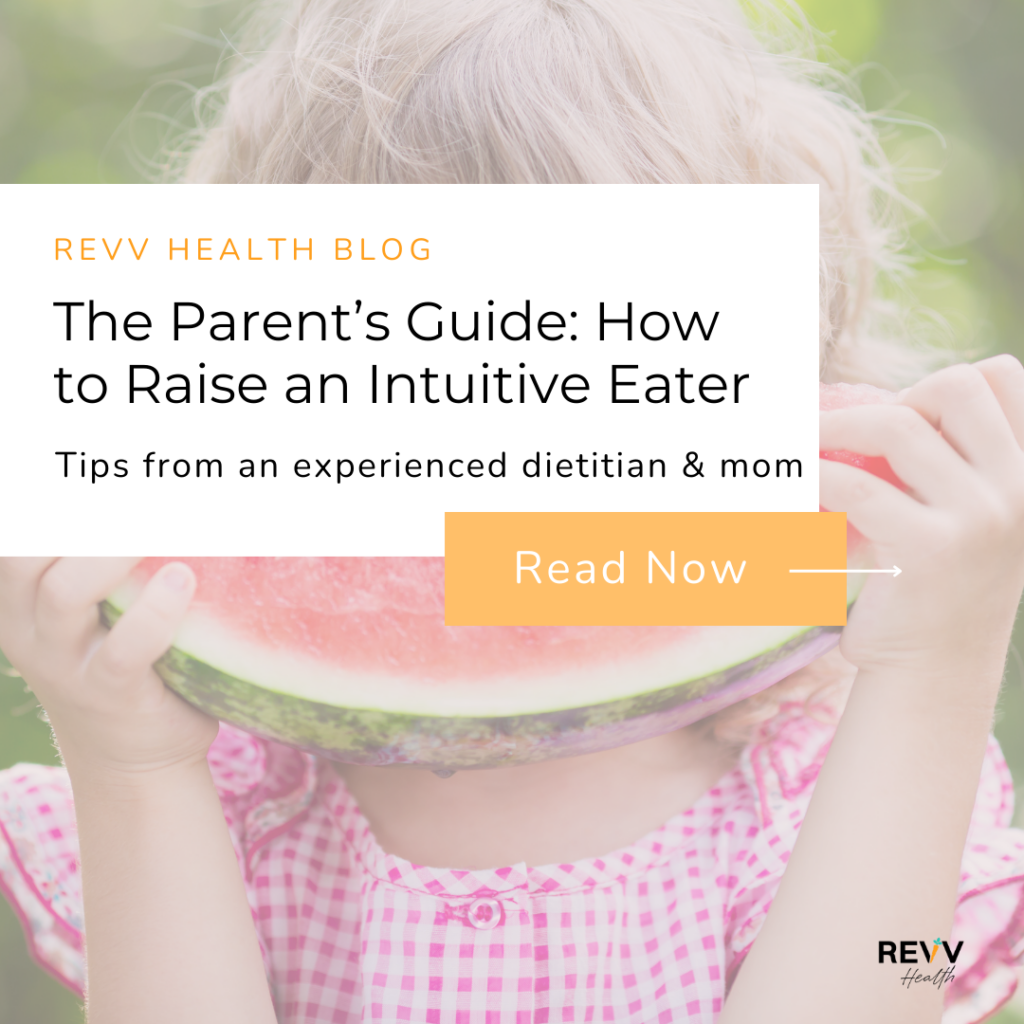
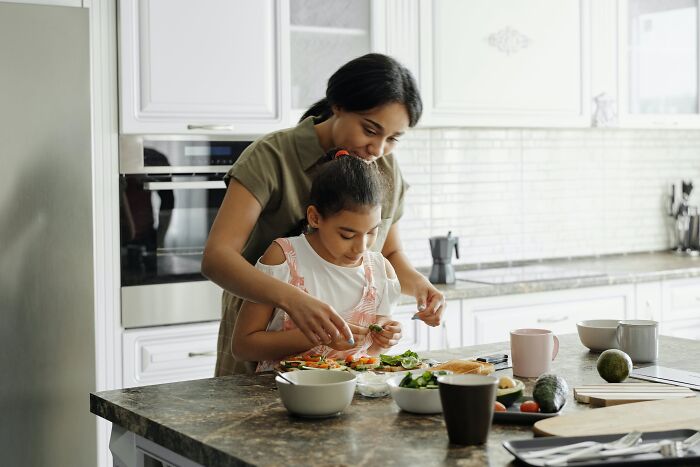

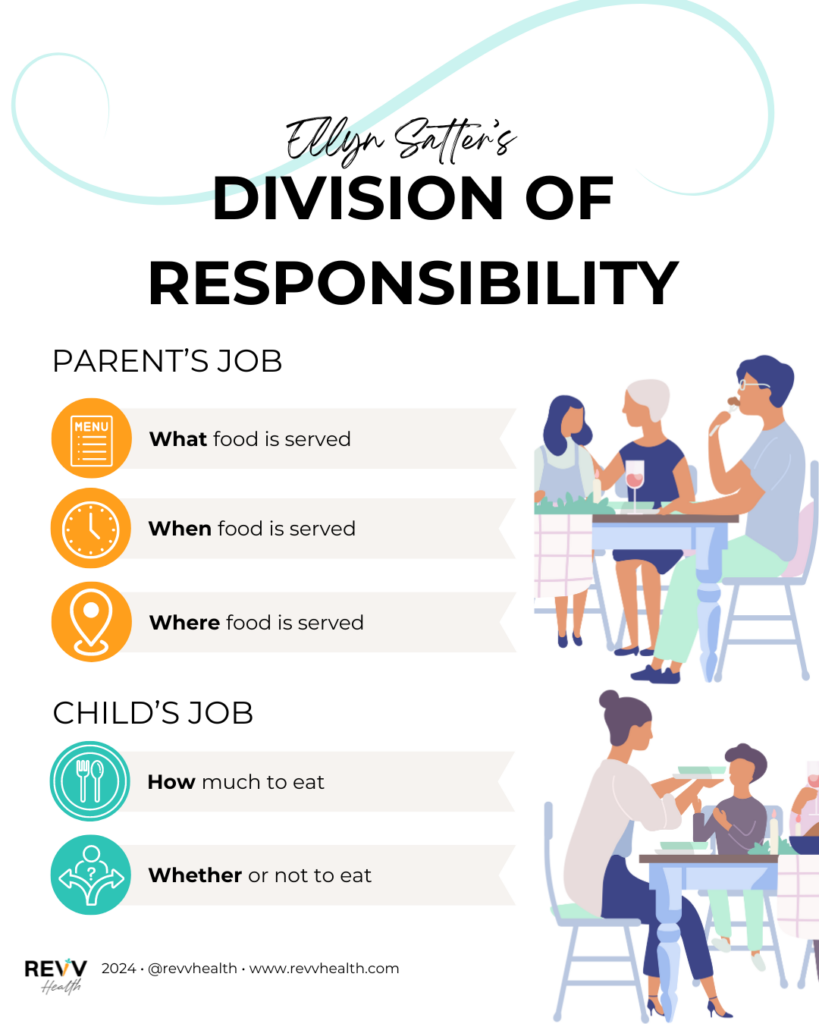

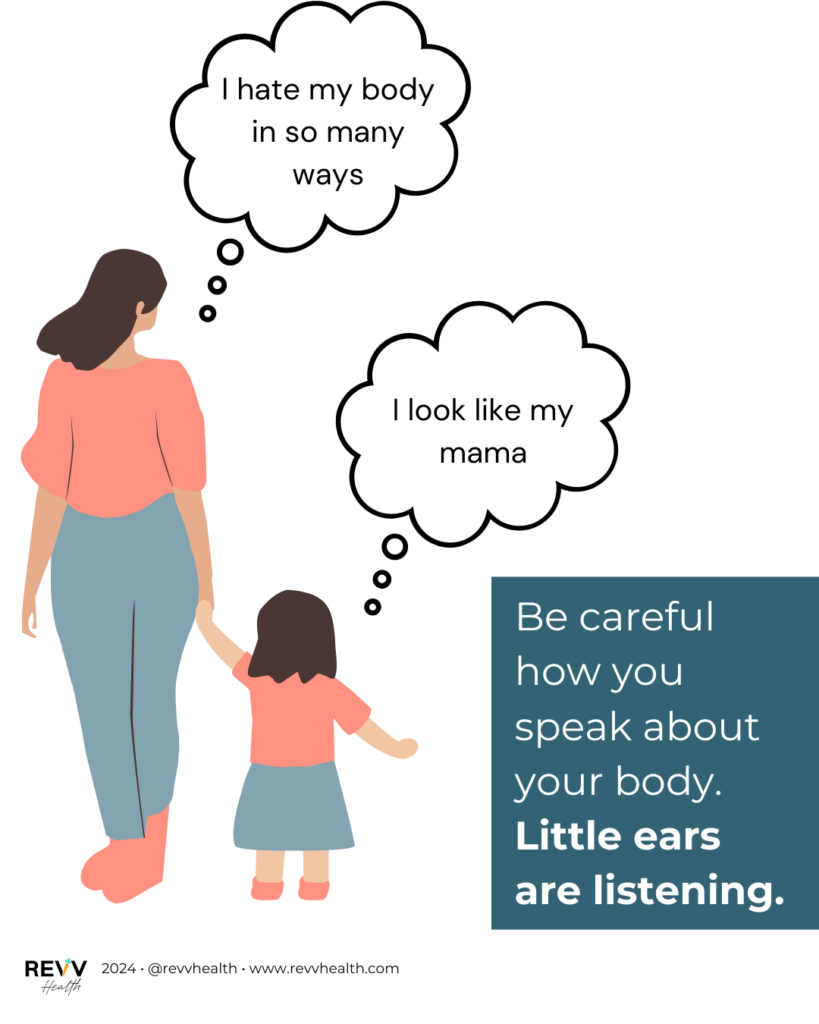
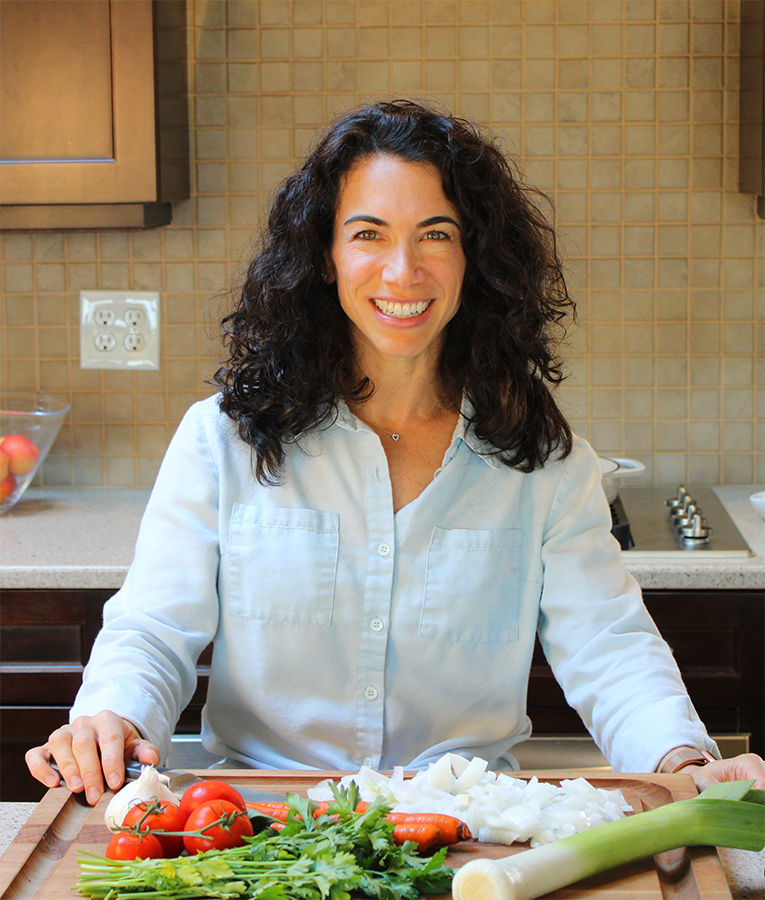
Your blog is a true gem in the world of online content. I’m continually impressed by the depth of your research and the clarity of your writing. Thank you for sharing your wisdom with us.
Thank you for your kind words 🙂